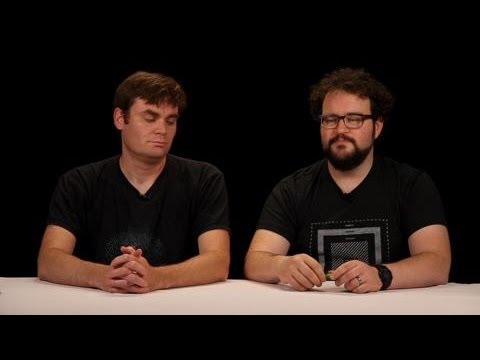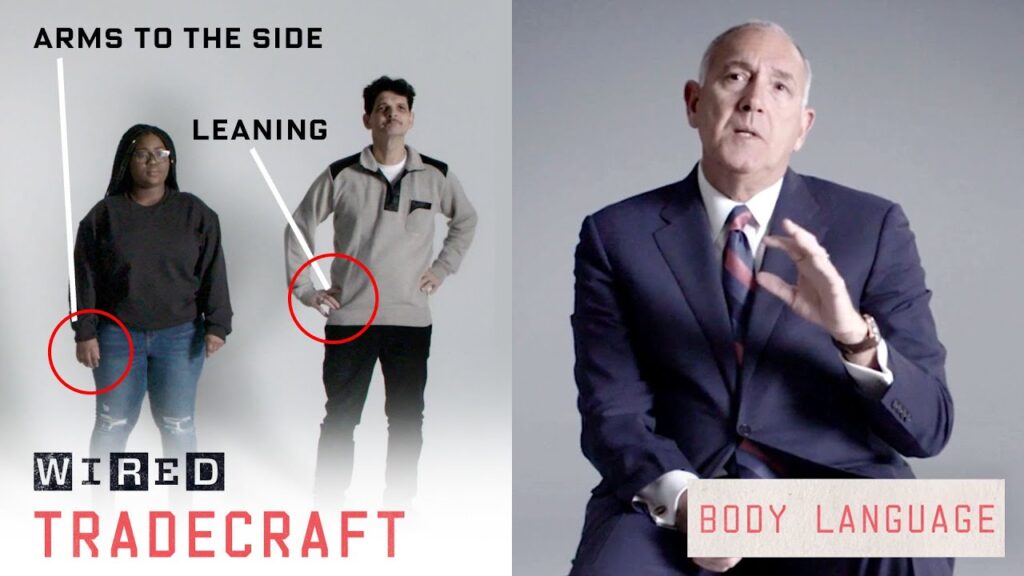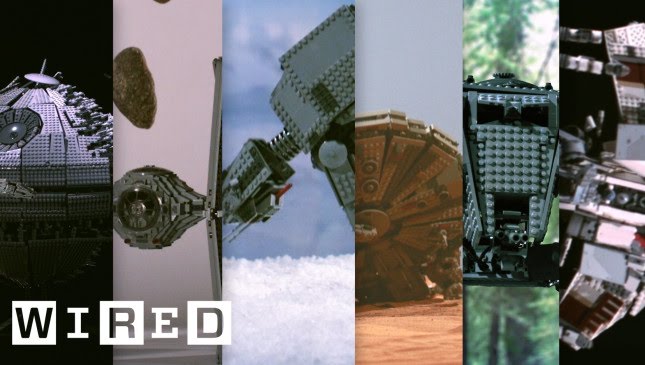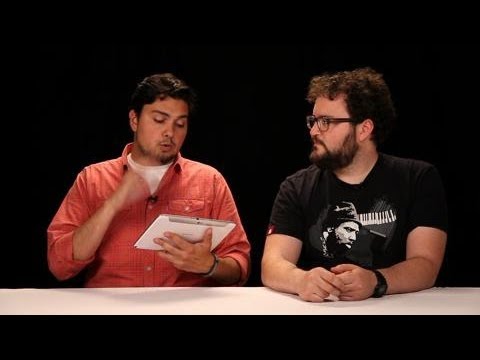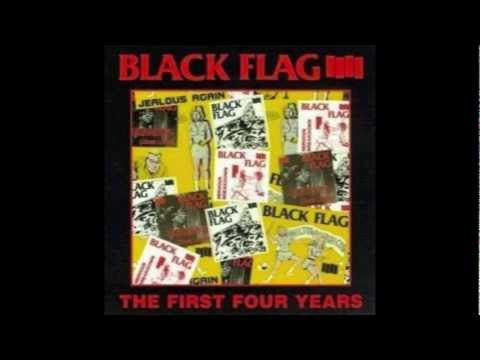Mad Max Fury Road VFX: An Epic Breakthrough
Summary
“Mad Max Fury Road” broke new grounds in VFX and cinematography. With over 2,400 shots, 2,000 of them were still VFX shots. The film shot primarily in Africa featured real vehicles, complex stunts, and incredibly choreographed camera work. The epic nature of the movie was further enhanced by building complex and beautiful environments around the live action plates.
Table of Contents:
- Real vehicles and complex stunts
- Safety rig removal
- Innovative environment work
- Unique color grading
- Night sequences overexposed and shot in the day
Introduction
“Mad Max Fury Road” was a hit with both critics and audiences alike, thanks to its adrenaline-pumping action sequences and stunning visuals. However, what many people don’t realize is that behind this theatrical release, there’s a team of dedicated VFX artists and filmmakers who went above and beyond to create the look and feel of this unique and iconic film. In this article, we’ll dive deep into the technical aspects of the film and explore the innovative approaches the team took to make it a breakthrough in VFX cinema.
Q&A:
Real vehicles and complex stunts:
Q: How did the team manage to film such intense car chases and stunts in the movie?
A: The film had primarily shot in Africa with real vehicles, complex stunts, and choreographed camera work. The approach of Mad Max was to film in-camera and to combine takes and elements as much as possible. This allowed them to create realistic and seamless sequences that would have seemed like CGI to an untrained eye.
Safety rig removal:
Q: Was there a lot of post-production work required to remove safety rigs in the film’s action scenes?
A: Yes, to allow for fast and intense stunts, safety rig removal was essential. However, this was done in a way that would still make the scenes cinematic. It required a fair amount of environment work and some innovative color grading techniques.
Innovative environment work:
Q: Can you elaborate more on the unique environment work used in the film?
A: The film’s epic nature was greatly enhanced by building complex and beautiful environments around the live action plates. For scenes where live action was not possible, full CGI environments were created, such as the Citadel.
Unique color grading:
Q: How was the color grading of the film different from other movies?
A: The film had a rich grade that was as innovative as it was original. The shots were graded in a much richer, saturated way- a huge number of the shots had sky replacements done as part of the grad, which is unusual.
Night sequences overexposed and shot in the day:
Q: How did the filmmakers manage to shoot night scenes during the day?
A: VFX supervisor, Andrew Jackson, pitched a unique approach to Oscar-winning DOP, John Seal. The team filmed the night sequences overexposed, not to lose any of the shadow detail, instead of under the standard rig. Then they squashed down the daylight footage, but proportionally more in the highlights and tinted all the footage blue.
Conclusion:
In conclusion, “Mad Max Fury Road” was a breakthrough film in terms of its innovative approach to VFX techniques and cinematography. The expertly choreographed stunts, real vehicles, unique environment work, innovative color grading, and squashing down the daylight footage made the film an epic masterpiece. The film’s success was due to the creativity and dedication of the team behind it, a glimpse of which was highlighted in this article.
